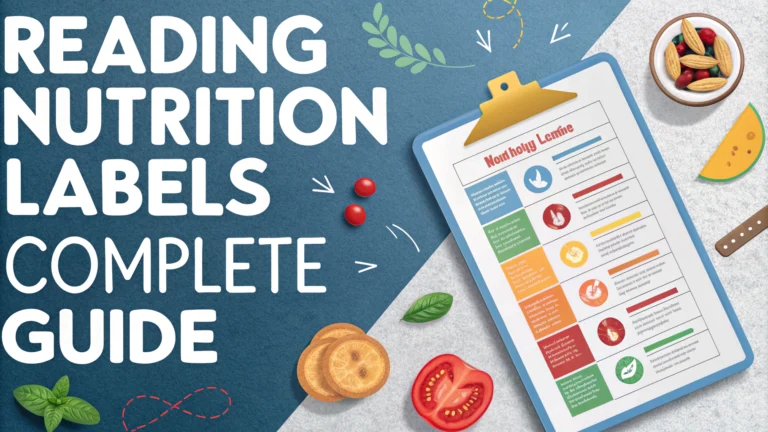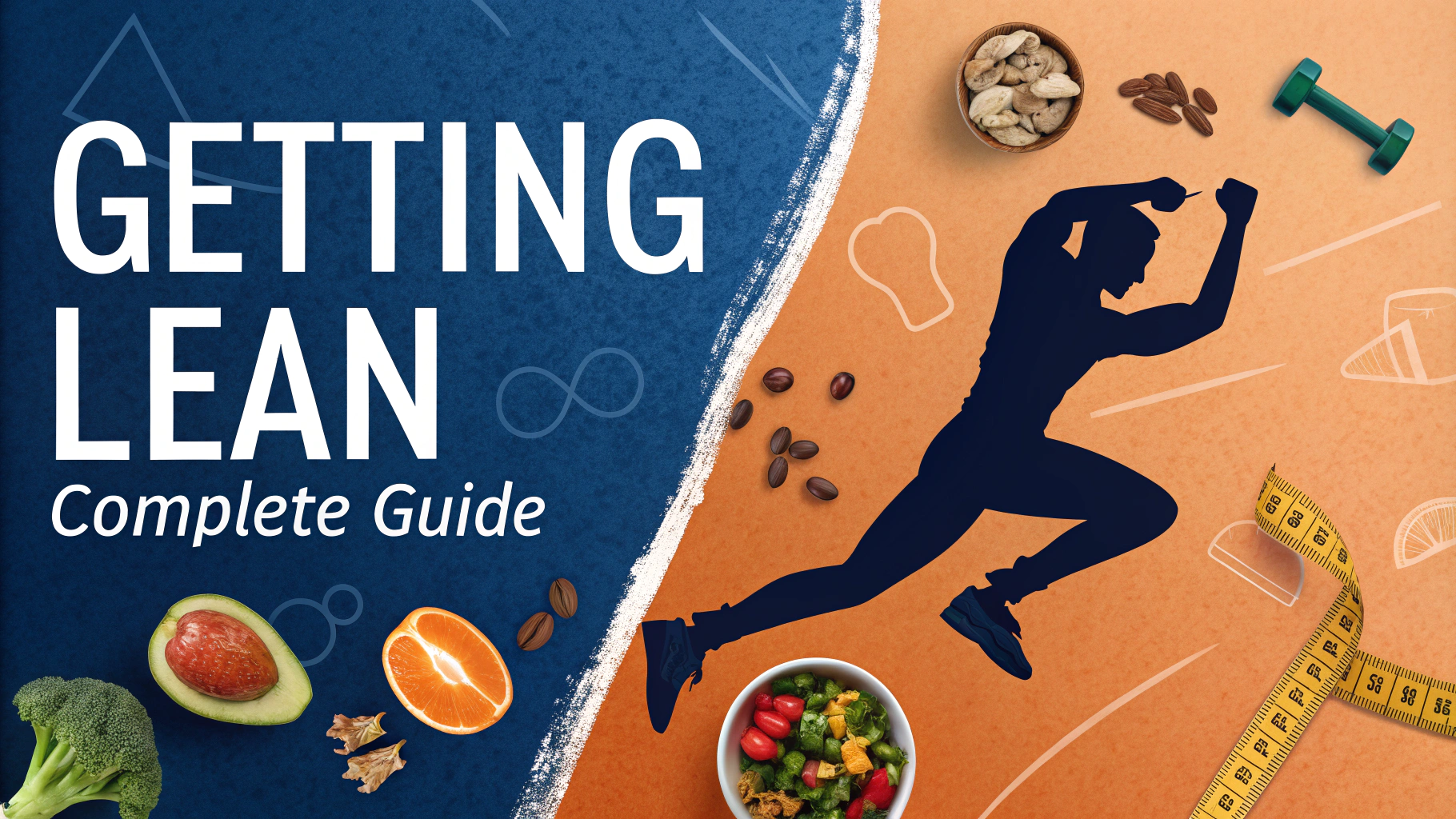Reading nutrition labels helps you make informed decisions about your food choices and manage your health better.
Quick Navigation:
Understanding Label Basics
Every packaged food item in the US must display standardized nutrition information as required by the FDA.
Main Components to Check:
- Serving size and servings per container
- Calories per serving
- Nutrients (fats, carbs, protein)
- % Daily Value
- Ingredient list
Serving Sizes Matter
All nutritional information on the label is based on one serving, not necessarily the entire package.
| Common Mistakes | Solution |
|---|---|
| Assuming package = serving | Check servings per container |
| Miscalculating portions | Use measuring tools initially |
Understanding Calories
Calories indicate the energy content of one serving of food.
General Guidelines:
- 40 calories = low
- 100 calories = moderate
- 400+ calories = high
Key Nutrients to Monitor
Nutrients to Limit:
- Saturated Fat: Stay under 20g daily
- Added Sugars: Limit to 50g daily
- Sodium: Keep below 2,300mg daily
Nutrients to Get Enough:
- Fiber: Aim for 25-35g daily
- Protein: 0.8g per kg of body weight
- Vitamins D, A, C
- Minerals: Iron, Calcium, Potassium
Quick Tips:
- Check the ingredient list – ingredients are listed by weight from most to least
- Look for hidden sugars (ingredients ending in “-ose”)
- Compare similar products using the per 100g values
- Remember that % Daily Values are based on a 2,000-calorie diet
Contact the FDA at 1-888-INFO-FDA for questions about food labeling regulations or visit FDA’s Food Labeling website.
Comparing Products
When comparing similar products, use the per 100g values for a fair assessment rather than serving sizes, which may differ between brands.
Steps for Product Comparison:
- Align products side by side
- Look at the per 100g column
- Compare key nutrients of interest
- Consider price per serving
Understanding Food Claims
Food labels often display various claims that must meet specific FDA requirements.
| Claim | Requirements |
|---|---|
| “Low fat” | 3g or less per serving |
| “Good source of fiber” | 2.5g-4.9g per serving |
Conclusion
Reading nutrition labels effectively requires understanding serving sizes, knowing key nutrients, and comparing products objectively. Make it a habit to check labels before purchasing to make healthier food choices.
Key Takeaways:
- Always check serving sizes first
- Focus on limiting saturated fats, added sugars, and sodium
- Use per 100g values when comparing products
- Look beyond marketing claims on packaging
- Consider your personal dietary needs and restrictions
FAQs
- What are the most important components to look for on a nutrition label?
The key components to check are serving size, calories, total fat, saturated fat, trans fat, cholesterol, sodium, total carbohydrates, dietary fiber, sugar, and protein. - How do I calculate the actual calories if I eat more than one serving?
Multiply the calorie amount by the number of servings you consume. For example, if one serving is 200 calories and you eat two servings, you’ve consumed 400 calories. - What’s the difference between “Total Sugars” and “Added Sugars” on labels?
Total Sugars includes both naturally occurring sugars (like those in fruit and milk) and added sugars, while Added Sugars shows only sugars that were added during processing. - How do I use the % Daily Value (%DV) on nutrition labels?
The %DV shows how much a nutrient in one serving contributes to a daily 2,000-calorie diet. 5% or less is considered low, while 20% or more is considered high. - Are ingredients listed in any particular order on nutrition labels?
Yes, ingredients are listed by weight in descending order, meaning the first ingredient makes up the largest amount in the product. - How can I identify hidden sugars in the ingredients list?
Look for terms ending in “-ose” (like fructose, dextrose), syrups, juice concentrates, and words containing “sugar” or “sweetener.” - What’s the difference between “Reduced Fat” and “Low Fat” on labels?
“Reduced Fat” means the product has at least 25% less fat than the regular version, while “Low Fat” means it contains 3 grams or less of fat per serving. - How do I compare nutrition labels between different package sizes?
Use the “per 100g” or “per 100ml” values when available, as these provide standardized measurements for fair comparison. - What does “0g Trans Fat” really mean on a nutrition label?
Products labeled as “0g Trans Fat” can contain up to 0.5g of trans fat per serving. Check the ingredients list for “partially hydrogenated oils” to be certain. - How do I determine if a food is a good source of fiber?
Good sources of fiber contain at least 3g per serving, while excellent sources contain 5g or more. Compare the fiber content to the total carbohydrates.








